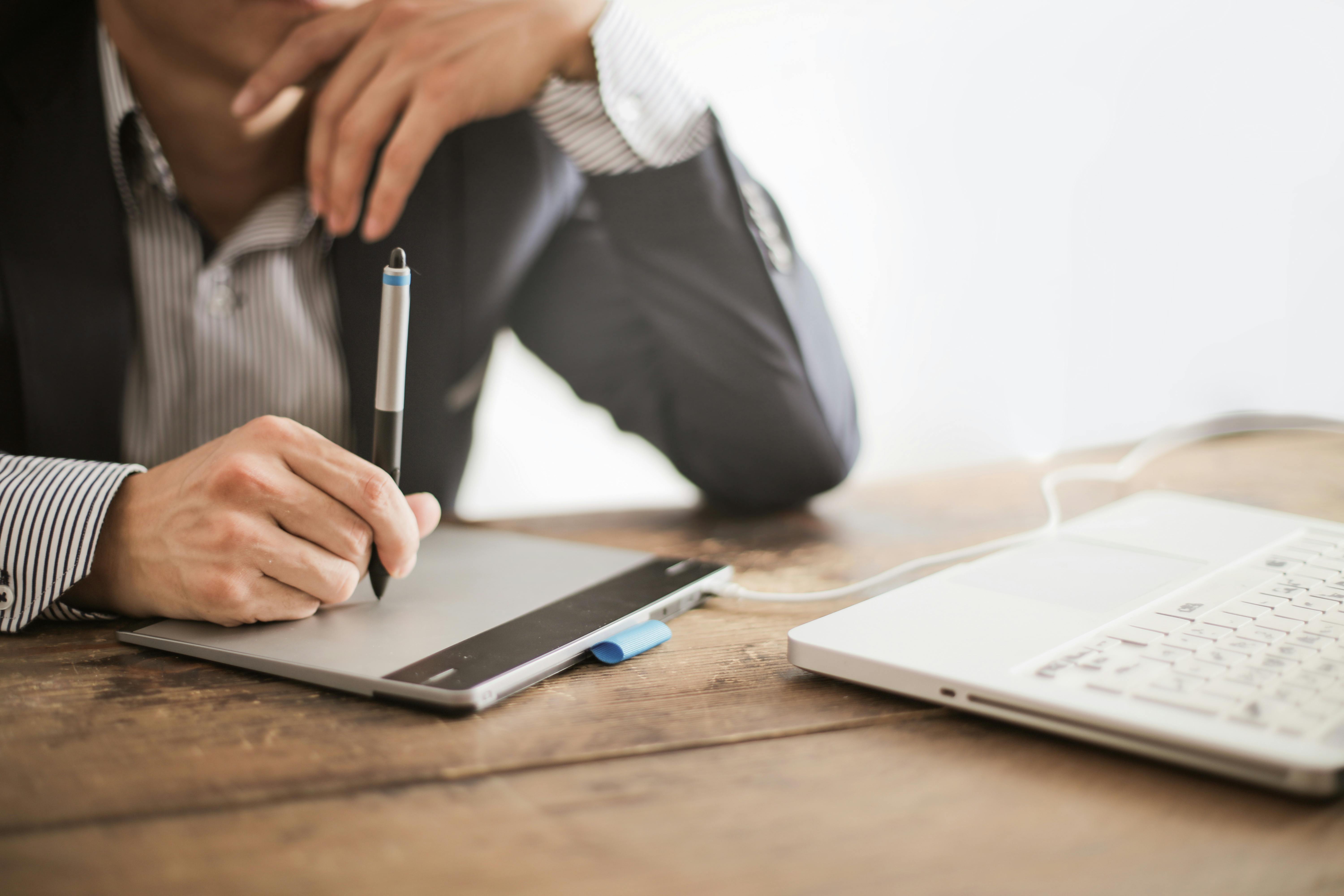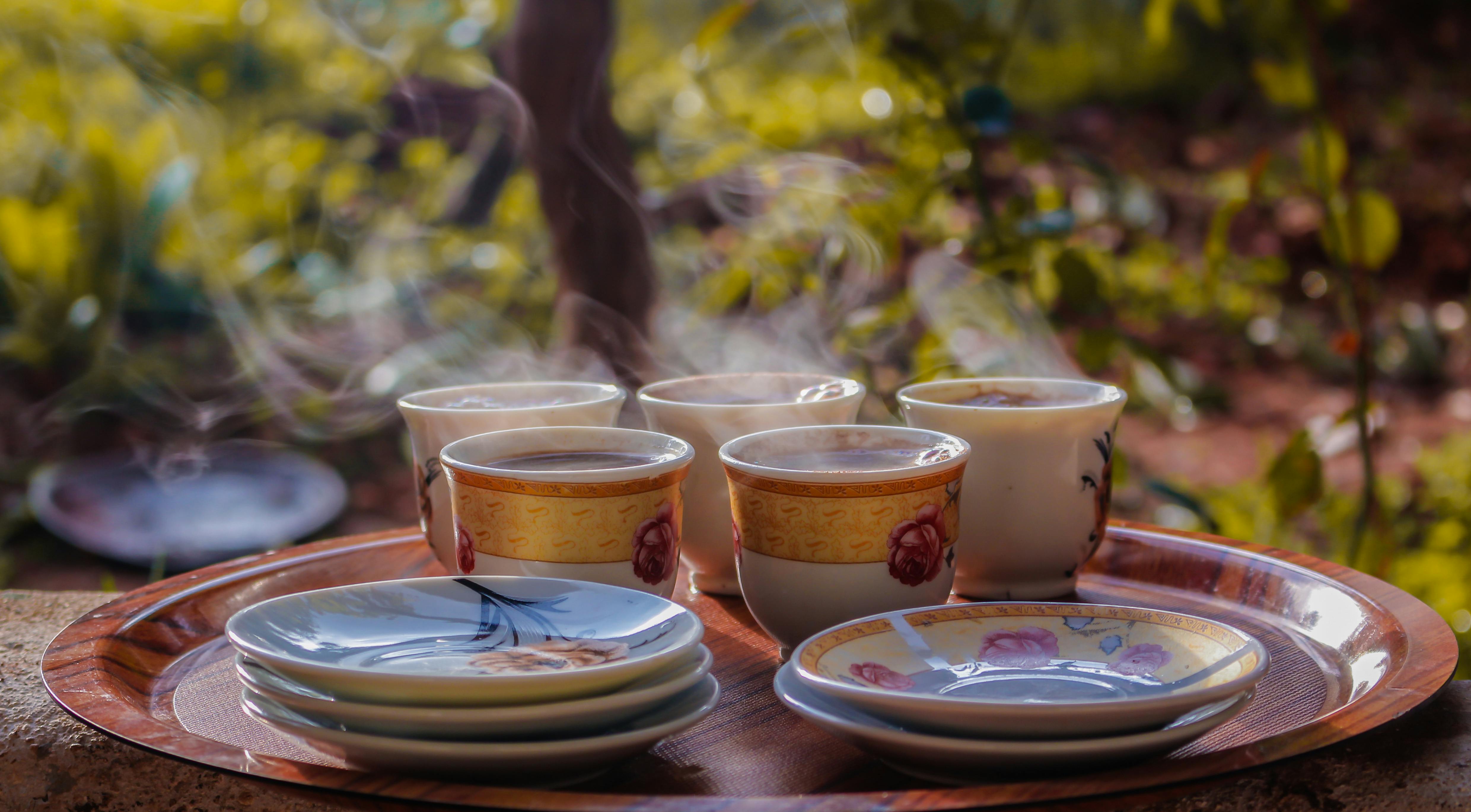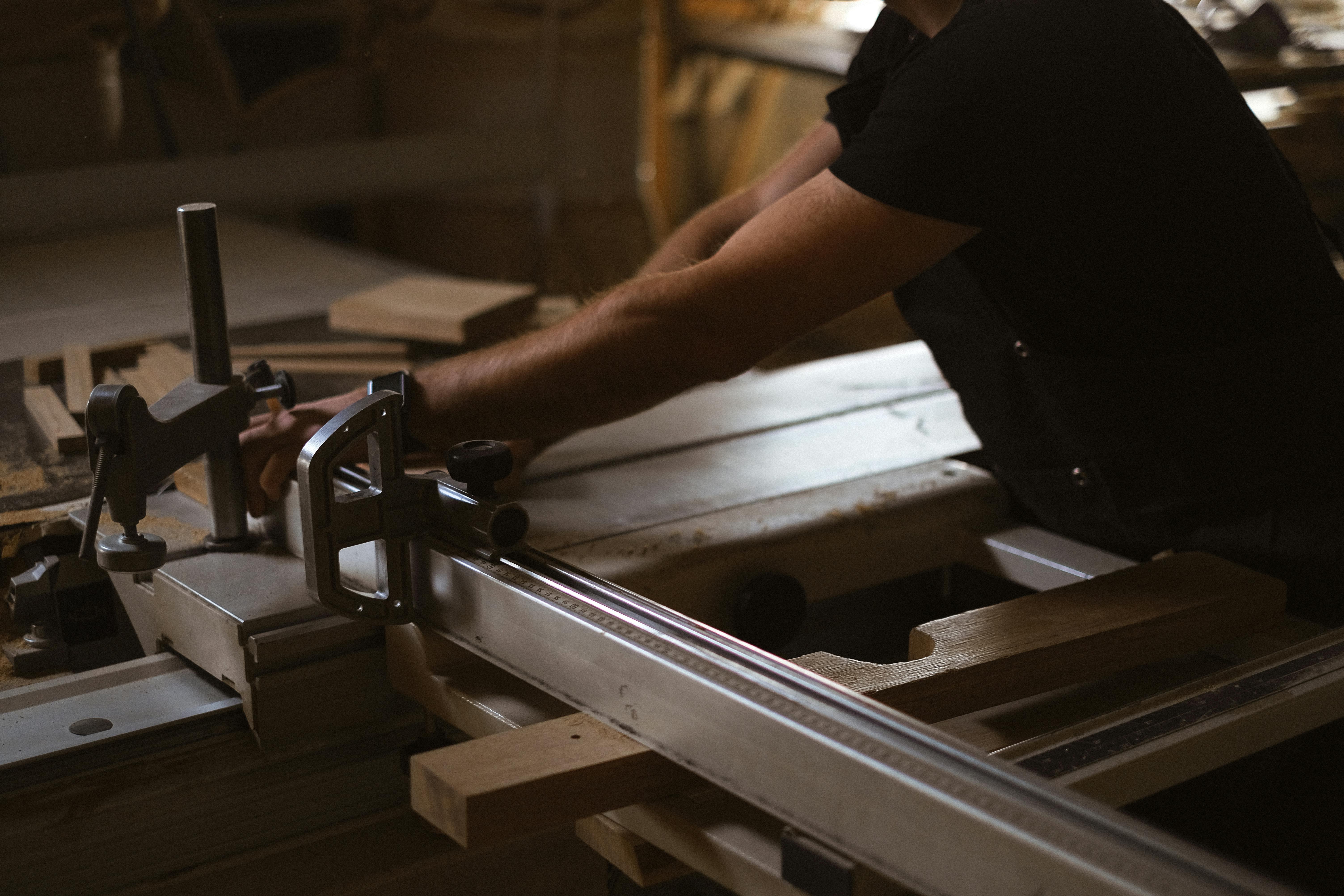Are you old enough to remember the TV show, Mr. Roger’s Neighborhood? The opening scene was a mockup of the perfect little neighborhood. That’s a good example of tilt-shift photography images, and perhaps nostalgia has something to do with why these types of photos are adored. They’re colorful, cute, and tend to make this big world around us feel a little more welcoming.
I first discovered the Tilt Shift technique by examining the photography of Drew Wilson, a super talented young photographer here in Sarasota. I asked him about the process and he was kind enough to share it with me.
Tilt-shift lenses focus on a single part of the photo and shift (blur) the surrounding area to create an optical illusion of a miniaturized landscape. Actual tilt-shift lenses are quite expensive, but a similar effect can be achieved using Photoshop after taking the photo.
Tilt-shift photos create an optical illusion that makes scenes actually look like miniature models (like your uncle’s train). The outer edges are blurred, which tricks the eye into perceiving everything in the non-blurred parts as a thumbnail. There is a Flickr group dedicated to this technique. It’s a fun post-processing trick and it’s pretty easy to reproduce.
Here’s my Photoshop tutorial (and Drew’s) for creating fake tilt-shift photos.
Taking the photo. A shot above the ground is usually best for this type of technique. Cityscapes, crowds, streets, and the like are perfect.
Open the shot in Adobe Photoshop and click “Quick Mask Mode”.
Select the gradient tool.
Select the “Cylindrical Reflected Gradient Gradient”.
Draw vertically up from where you want the focus point to be on the screen to the top of the window and release the mouse button. A transparent red line should appear.
Return to “Standard Mask Mode”.
In Photoshop, go to Filter; Blur; Lens Blur (Or if you have Photoshop 7.0, you can use Gaussian Blur). Then select the amount of blur you want. You can experiment a bit with the radius value to see how much blur looks best.
(Optional) For a more “plastic” feel, you can increase the saturation and contrast in the photo. There you have it, you should have a pretty decent miniature scene. You can experiment with many different photos, some are much better than others for “miniaturization”.


